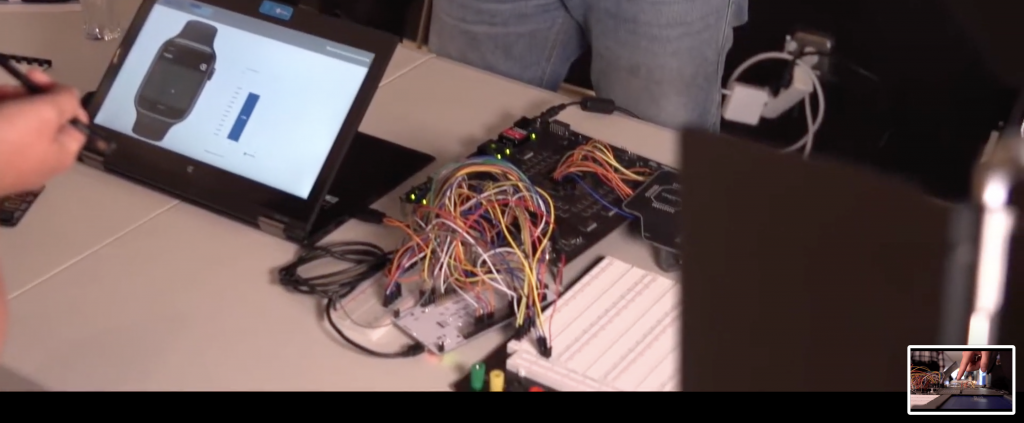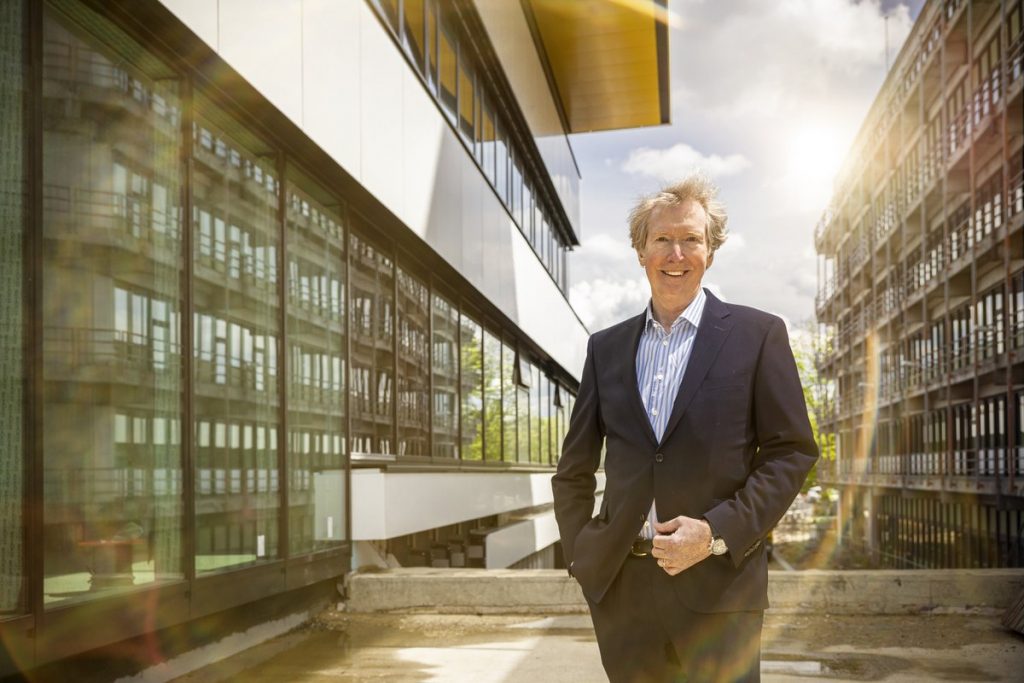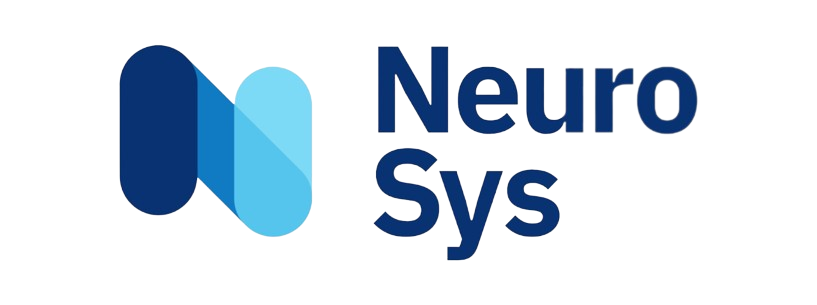
Announcements
Learning to save energy from the brain
25. 05. 2022
Scientists at Forschungszentrum Jülich and RWTH Aachen University want to work together with companies from the region to create a leading international location for neuromorphic AI hardware.
Establishing a technological basis for neuro-inspired AI hardware from Europe - that is the goal of the NeuroSys Cluster of the Future and the NEUROTEC project, in which Forschungszentrum Jülich and RWTH Aachen University are cooperating. To this end, an internationally leading location for neuromorphic hardware - computer chips modelled on the human brain - is to be established in the greater Jülich-Aachen area in collaboration with high-tech companies based in the region. Following a meeting at the Jülich-Aachen Neuromorphic Computing Day, which took place at Forschungszentrum Jülich on 24 May 2022, the researchers are now providing an insight into the interim status of the projects. Translated with www.DeepL.com/Translator (free version)
NEUROTEC (Neuro-inspired Technology of Articial Intelligence for Future Electronics) entered its second phase at the end of 2021 and will receive total funding of around 36 million euros over five years from the Federal Ministry of Education and Research (BMBF). The future cluster "NeuroSys - Neuromorphic hardware for autonomous artificial intelligence systems" won last year's Clusters4Future ideas competition and is being funded by the BMBF with up to 45 million euros.
In this interview, Prof Rainer Waser from Research Center Jülich and RWTH Aachen University, coordinator of NEUROTEC together with Prof Max Christian Lemme from RWTH Aachen University and AMO GmbH, coordinator of the NeuroSys (Neuromorphic Hardware for Autonomous Systems of Artificial Intelligence) will present the current status of developments.
Prof Rainer Waser, why exactly do we need such neuromorphic computer chips modelled on the human brain?
Prof Rainer Waser: At NEUROTEC, we are focussing on an area with a promising future, namely hardware for artificial intelligence applications. With our approach, we are addressing a very fundamental problem, the energy problem: the use of AI is currently still very energy-intensive. Models are usually trained on supercomputers and require more and more computing time. The computing effort doubles every 3 to 4 months, at least that has been the trend in recent years.
Neuromorphic systems with artificial synapses promise to solve these tasks much more efficiently - by several orders of magnitude - than is possible with conventional digital computers. A variety of applications are conceivable in the long term: from the smallest nanosensors, the "smart dust", to intelligent implants with energy-autonomous AI control, pattern recognition chips in mobile devices, online-trainable control systems in Industry 4.0, vehicle-based AI electronics for autonomous driving and mainframe computer systems that emulate the brain or centrally solve complex AI tasks for the surrounding economy.

Pioneer of memristive components: Prof Rainer Waser
Copyright: Research Center Jülich / Sascha Kreklau
The NEUROTEC project is funded by the immediate action programme for structural change. It is intended to help create new jobs in the Rhenish mining area even before the end of lignite mining. What exactly do you have in mind?
Prof Rainer Waser: We are planning to support local industry, particularly in the area of basic technologies. The professional sectors we are addressing extend far beyond chip production itself. This also includes plant engineering, measurement technology and electronics development. The NEUROTEC II project phase has got off to a very good start since November 2021 and almost all work packages are on schedule. Some work packages are even slightly ahead of schedule.
The technology is currently still in the research and development phase. Nevertheless, the first concrete successes have already been achieved. Naturally, this will initially primarily involve jobs for specialised specialists, before moving more towards industrial production as the technology matures and becomes more widely used. A current example: at the Jülich-Aachen Neuromorphic Computing Day, Prof Heuken from AIXTRON SE demonstrated the prospects for new jobs at AIXTRON over the next few years in connection with the new 2D materials. These materials are being analysed for their suitability for neuromorphic computing in the NEUROTEC project.
What are the advantages of this neuromorphic hardware that you are developing?
Prof Rainer Waser: Conventional computer chips are based on transistors. We would like to supplement these transistors with a new type of memristive component. Such a "resistor with memory" is similar to the synapses in natural nerve cells and is therefore particularly suitable for artificial neural networks, such as those used for artificial intelligence applications.
An important feature of neuromorphic chips is that computing processes and information storage are no longer physically separated from each other. The data transfer between processor and memory, which takes place continuously on conventional computers with so-called Von Neumann computer architecture, is extremely energy-intensive and slows down the calculations. In contrast, we imagine neuromorphic chips with artificial synapses that can do both: Store and process information at the same time. The computing is then carried out directly in the - non-volatile - memory, also known as computing-in-memory. And it enables information to be processed in parallel to a high degree. The model here is actually the human brain, which requires an average of just 20 watts. This is several orders of magnitude less than the energy requirement of a supercomputer that fulfils similar functions using AI.
Prof Max Christian Lemme, in the NeuroSys future cluster you are driving forward developments in the field of neuromorphic hardware in a complementary way. The topic is also being closely followed globally. Where does the region stand in terms of global competition?
Prof Max Christian Lemme: The BMBF's Future Cluster Initiative has the explicit aim of quickly translating excellent cutting-edge research into applications, and doing so in regional networks. In order to achieve this, we have brought together researchers along the entire value chain in the NeuroSys future cluster, each of whom has global visibility in their respective discipline. These are joined by regional companies and start-ups from the high-tech sector.
We now cover the entire range from new materials to image and speech processing and medical technology, and are expanding the concept to include socio-economic issues - i.e. research into the ethics of AI, the consequences for the labour market and viable business models for "AI hardware made in Europe".
An advisory board made up of scientists and international corporations rounds off the cluster. I would therefore venture to say that we are on a par with the global competition. What is missing in the region is a modern semiconductor factory for AI chips, the establishment of which we have formulated in our vision. With the excellently trained engineers and scientists in the region, including Belgium, the Netherlands and the Ruhr area, the proximity to the IMEC research institute in Belgium and the leading manufacturer of lithography systems ASML in the Netherlands, we have an excellent argument.
How far along is the technology?
Prof Max Christian Lemme: As is so often the case, there is no simple answer. It is already possible to produce special neuromorphic chips using conventional technology. However, these are still a long way from the energy efficiency of the brain. This is where the new technologies of resistive switching oxides, phase change materials or 2D materials can take us much further. However, their use is always a question of industrial manufacturability. This varies from material to material and it currently looks as if each generation of new materials will also bring a boost in efficiency. It is therefore very important to work closely with manufacturers of material deposition systems such as Aixtron from Herzogenrath or deep tech start-ups such as Black Semiconductor or Aixscale Photonics in both projects.
At the same time, the future cluster is also working with industry at higher levels of the value chain. There are several start-ups in the region such as Clinomic, Gremse-IT or a company co-founded by my RWTH Aachen colleague Prof Rainer Leupers shortly after the NeuroSys launch. So we are already working on realising our goals at all technology levels and, after an excellent flying start, we are still in the acceleration phase!

